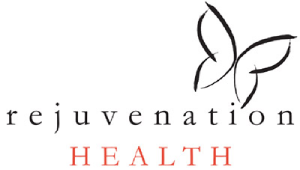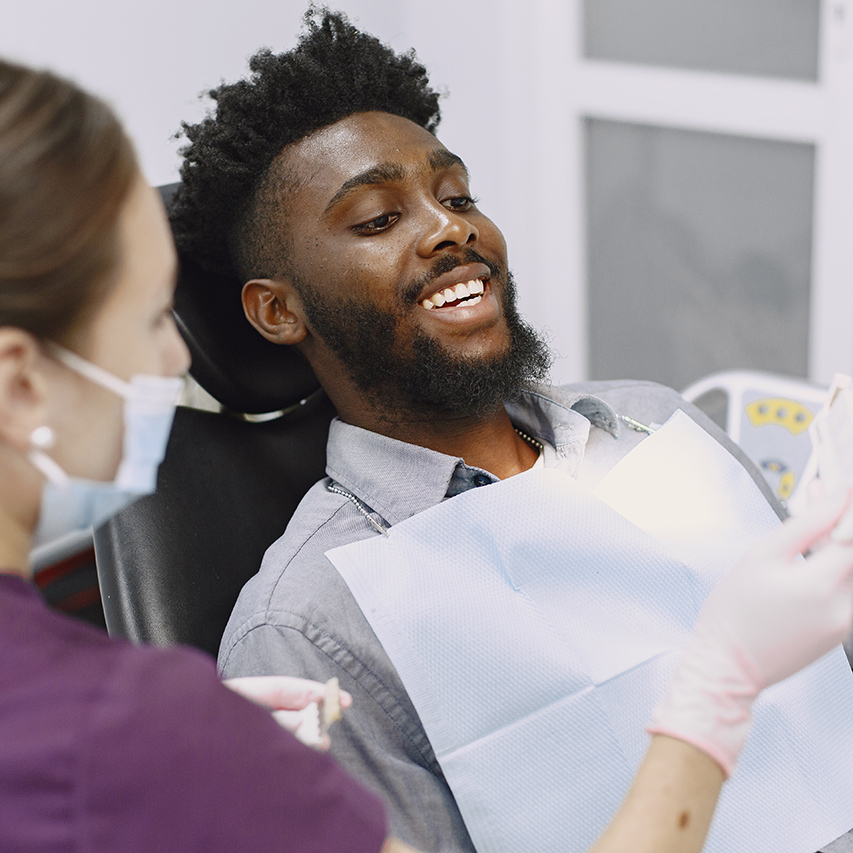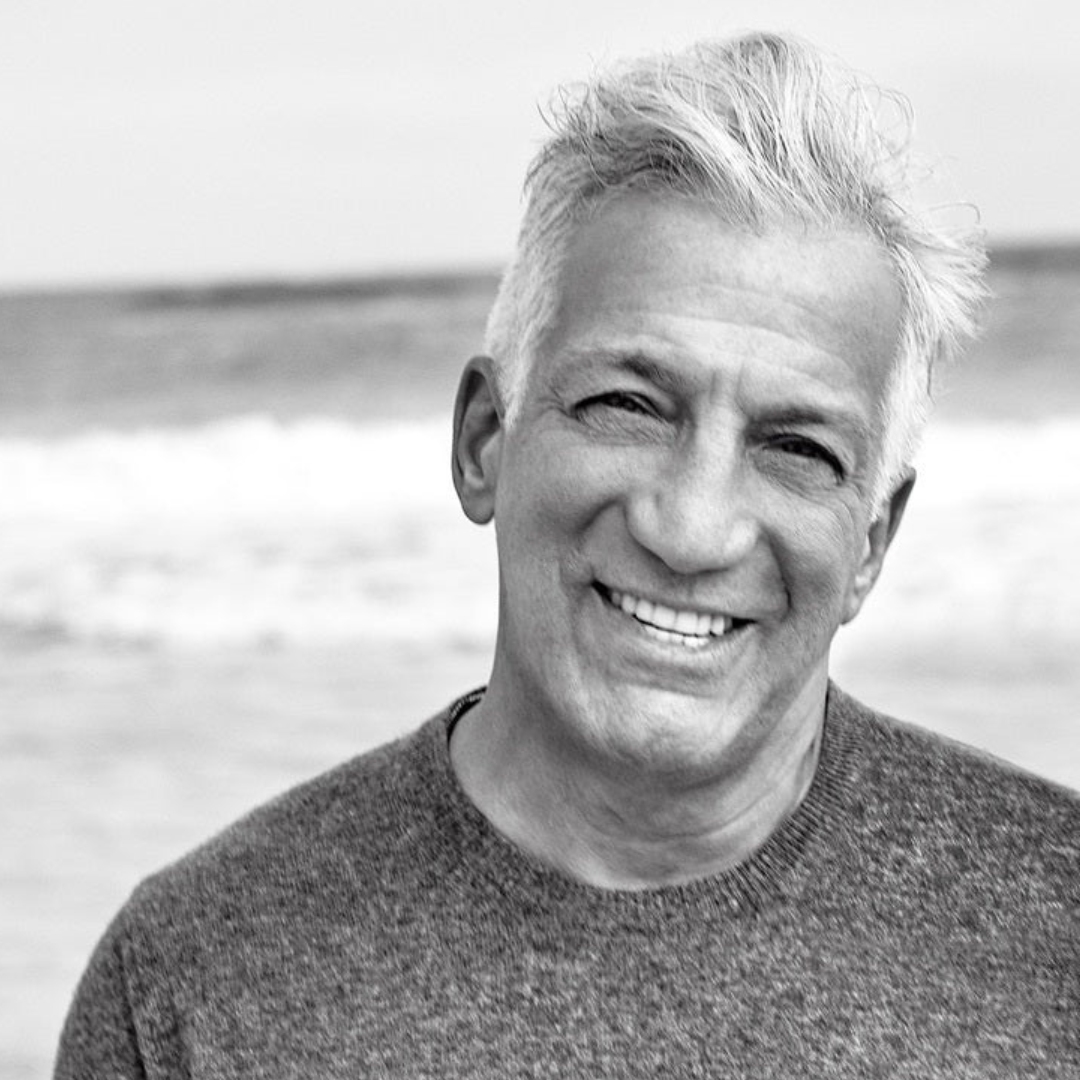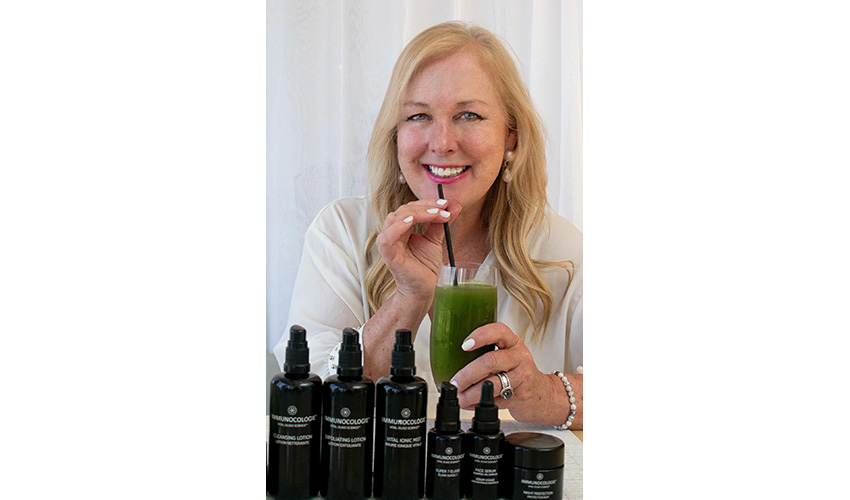Millions of Americans are looking for safe mercury fillings removal. A qualified dentist can consult you on whether it is in your best interest to remove the mercury fillings — mainly because the removal process exposes you to a lot of mercury vapor, even compared to leaving them in.
If you are a good candidate for mercury filling removal, there are safe methods to removing mercury, such as barrier and ventilation techniques.
Read on to discover the science behind how mercury fillings are bad for you, whether you should get them removed, and the best safety practices for removal.
At Rejuvenation Dentistry, we use the latest and greatest technology to diagnose mercury toxicity and safely remove mercury from your mouth. Schedule an appointment today if you’re worried about mercury poisoning.
Mercury Fillings 101
What is a mercury filling? Mercury fillings are the most commonly used cavity fillers in America, used for over 150 years. Also called “silver fillings”, they contain 50% mercury by weight. Yes, mercury, the infamous neurotoxin (meaning it messes with your nervous system).
Dentists across the world are using this cheap amalgam in people’s mouths, including for children and pregnant women. Fortunately, there are much safer alternatives, namely porcelain or composite resin. Unfortunately, they are a little more expensive.
Mercury fillings are also known as:
- Amalgam fillings
- Silver fillings
- Silver amalgam fillings
- Mercury amalgam fillings
- Dental amalgam fillings
When did dentists stop using mercury in fillings? Most dentists in America have not stopped using mercury in fillings. Although many European countries have banned their use, the American Dental Association (ADA) insists there is no evidence that mercury fillings pose any health risk.
Even though they do.
Interesting fact: Back when mercury fillings were first introduced, the only US dental association at that time declared that the use of mercury fillings was “malpractice”. Now, unfortunately, they’re the standard of care.
Do dentists still use mercury fillings? Yes, half of dentists still use mercury fillings in America. They are perfectly legal, even if they are known to expose people (including children) to poisonous mercury vapors, leading to mercury toxicity.
Mercury toxicity has been linked to tremors, dementia, autism, miscarriage, immune system dysfunction, and many more health problems.
13 Reasons to Have Mercury Fillings Removed
There are many reasons you should have your mercury fillings removed, although you should consult with your dentist before the mercury amalgam removal. Not everyone should have mercury fillings taken out.
First off, you should have them removed because simple acts like brushing your teeth, drinking hot liquids or soda, and teeth grinding may release mercury vapors for you to breathe in. This can lead to mercury poisoning, AKA mercury toxicity.
You should have your mercury fillings removed because of the health effects of mercury toxicity:
- Autoimmunity
- Alzheimer’s disease
- Autism spectrum disorders
- Fatigue
- Headaches
- Heart disease
- Insomnia (read about the dangerous effects on the body of sleep deprivation)
- Kidney problems
- Memory loss
- Miscarriage
- Motor skill dysfunction
- Multiple sclerosis
- Personality changes, including anxiety and irritability
Another reason to have your mercury fillings removed is the unsightly metallic color. Purely for aesthetic reasons, you may not like the way your smile or laugh looks with the metal color drawing attention to your dental health.
Even the World Health Organization (WHO) recommends phasing out mercury amalgam fillings over the next decade.
Ultimately, a qualified dentist can tell you if having your mercury fillings removed is the best option.
Should you have your mercury fillings removed?
Most of the time, yes, you should have your mercury fillings removed. However, there are situations where you should not. A qualified dental professional can help you make that decision.
If you’ve already had mercury amalgam fillings placed, your dentist will weigh the pros and cons of removal.
Is it safe to have mercury fillings removed? Yes, it is safe to have mercury fillings removed, especially when using the SMART method. Your local biological dentist can tell you if it’s wise to have them removed.
You are most exposed to the release of mercury vapors when the fillings are being put in and taken out. In some cases, it may actually be safer to leave the mercury fillings in if you’re not experiencing effects of mercury toxicity.
Risk factors that inform a dentist’s decision to remove include:
- Mercury toxicity levels (tests can measure the amount of mercury in your blood)
- Teeth grinding (bruxism)
- Age of filling
- Age of patient
- Lifestyle factors
If you need help deciding whether to remove mercury fillings, come down to Rejuvenation Dentistry in the beautiful Upper East Side in NYC. We utilize state-of-the-art diagnostic technology, cutting edge research, and a friendly smile to help patients along their wellness journey.
The SMART Method of Amalgam Removal
The safest way to remove mercury amalgam fillings is the SMART Method, which includes:
- A rubber dam to shield your mouth
- Disposable covering for hair and skin of patient and staff
- A HEPA filter and high-volume vacuum above patients
- Chlorella and/or activated charcoal to remove traces of mercury
- Ozonated water before and after mercury replacements
- Dental office air purification system
- Oxygen supply to breathe through the nose
As a biological dentist, Dr. Gerry Curatola has been trained and certified on the safe removal of toxic fillings.
We pride ourselves on keeping the air clean for both our patients and our staff. Our dental care specialists can walk you through the specifics of how we employ the SMART method to keep everyone safe.
If you’d like your mercury fillings safely removed, visit Rejuvenation Dentistry in Midtown, NY. We utilize the SMART method to safely remove mercury from your mouth.
Safe Amalgam Removal Process: Step-by-Step
- An advanced air filtration system will already be installed before the patients come in. Day of, the dentist may open a window to reduce mercury concentration in the room’s air.
- In most cases, the patient will be given a slurry of activated charcoal and/or chlorella.
- The patient and staff will wear protective gowns and/or coverings.
- Dental personnel will wear respiratory-grade masks, face shields, hair coverings, and non-latex gloves.
- The patient will wear a nasal mask to deliver air to breathe through the nose.
- A saliva ejector will be placed under the dental dam to reduce mercury exposure to the patient.
- A non-latex dental dam will be placed and sealed over the patient’s mouth. The dental dam is like a square sheet of material to prevent mercury from going down the throat.
- A face, head, and neck barrier will be placed under and around the dental dam.
- 2-4 inches from the patient’s mouth, a high-volume air filtration system will reduce mercury exposure.
- A lot of water will be jetted onto the filling to reduce heat during removal to reduce ambient mercury levels.
- A conventional high-speed evacuation device captures mercury discharge during the removal.
- Using a small-diameter carbide drill, the mercury amalgam will be sectioned into chunks to be removed. The larger the chunks removed, the fewer mercury vapors.
- After the removal, the patient’s mouth will be thoroughly flushed with water. In most cases, the patient will be given another slurry of activated charcoal and/or chlorella.
- Afterward, the dental staff will take many precautions to safely dispose of the gloves, coverings, and mercury itself, as well as to clean all the equipment needed to employ the SMART method.
How to Detox After Mercury Fillings Removal
How do you detox after mercury fillings? Your dentist will tell each patient how to detox after mercury fillings removal. Every patient’s detox is unique, but everyone should avoid alcohol, sugar, artificial sweeteners, and processed foods. Most patients will take specific dietary supplements.
Detoxification after exposure to dental mercury is very important. If you’re serious about detoxing your body of mercury toxins, then this is part of the process.
Here’s how to get your all-important excretory system working for you and against mercury toxins:
- Break a sweat every day, then shower it off so your skin doesn’t reabsorb it. Perspiration can get rid of all sorts of toxins. To sweat, you should exercise, but you could also sit in a steam sauna or infrared sauna.
- A high-fiber diet can aid bowel movements. You want your intestines working efficiently, so the toxins are not reabsorbed into your bloodstream from the intestines. Avoid any food allergens altogether, or anything that could negatively affect your bowel movements.
- Drink lots of filtered water. It’s good for digestion, and it’s good for your kidneys, which are very susceptible to mercury toxicity.
What dietary supplements might a dentist recommend for mercury detox?
- Chlorella
- Spirulina (best with barley grass juice extract)
- Activated charcoal
- Organic sulfur
- N-acetyl cysteine
- Methionine (dl-methionine)
- Zinc
- Selenium
- Magnesium
- Garlic extract
- Cilantro essential oil
- Milk thistle
- Fiber supplements
- Vitamin C
- Vitamin E
- Glutathione (liposomal glutathione is best)
Note: A dentist will not recommend all of the above supplements. Also, consult a healthcare professional before starting any new dietary supplement.
What foods/drinks to avoid during mercury detox:
- Seafood, particularly tuna and salmon
- Alcohol
- Sugar
- Artificial sweeteners
- Chewing gum
- Food allergens
- Processed foods
What to eat/drink while detoxing after mercury removal:
- High-protein foods
- Fresh vegetables (preferably organic)
- Healthy fats like seeds, nuts, egg yolks, avocados, and sugar-free yogurt
- Unprocessed oils, like avocado oil, sesame oil, and flax oil
- Healthy spices, like garlic and ginger
- Vitamin C-rich foods
- Wild blueberries
- Celery
- Apples (the skins are the important part)
- Plenty of water
The Best Material for Your New Fillings
Composite fillings are probably the best material for your new fillings. Not only are they mercury-free and side-effect-free, but they are also tooth-colored.
Mercury-free dentists may use the following biocompatible materials for cavity fillings:
- Composite resin
- Porcelain
- Zirconium
- Glass ionomer
- Dental gold
These dental materials are biocompatible, meaning they do not negatively affect your body like mercury or other toxins and heavy metals. Biocompatible materials are not associated with any allergies or adverse side effects.
Mercury Fillings Removal in New York, NY
The removal of amalgam fillings may save lives. It prevents exposure to mercury, a known neurotoxin. In New York, NY, the best biological or holistic dentist for mercury removal is Dr. Gerry Curatola’s dental office, Rejuvenation Dentistry.
Take that first step towards oral health and overall well-being.
Countless dental personnel have placed mercury fillings in their patients’ mouths for over 150 years, mainly because mercury amalgam is cheap, durable, and easily forms to the shape of the tooth. However, mounting evidence shows that mercury fillings lead to mercury vapor exposure, which can trigger some terrible health problems.
Rejuvenation Dentistry’s founder, Dr. Gerry Curatola, was featured on Dr. Oz, talking about the dangers of mercury fillings. Dr. Curatola is an internationally respected voice in biological dentistry.
The International Academy of Oral Medicine and Toxicology (IAOMT) has included Dr. Curatola amidst their trusted biological dentists. Visit his dental practice, Rejuvenation Dentistry, and see how quickly your health improves.




